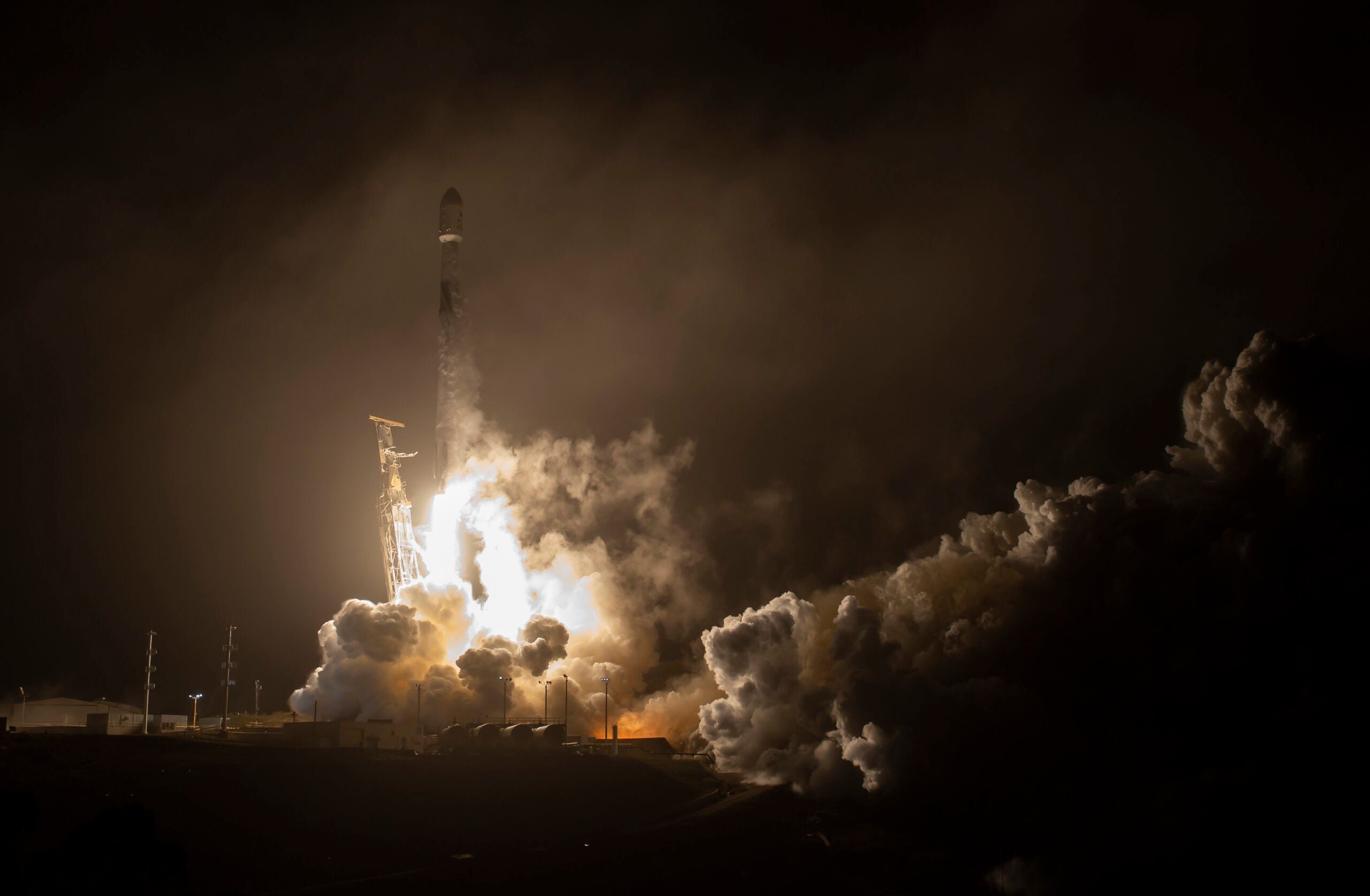NASA will use solar power and ion thrusters for missions in deep space

In August next year, NASA's Psyche space probe will be sent to investigate the metal asteroid Psyche 16. The mission is designed to answer the question of the formation of space objects. The shipment will be made using a new approach to energy supply.
Building on the experience from past Dawn and Deep Space 1 missions, NASA will send a probe into deep space using the energy of the Sun. If all goes well, it will become the basis for the further use of energy-saving probes for scientific and commercial expeditions.
Unlike the traditional energy source in the form of liquid fuel, the Psyche probe will use photo panels capable of converting solar energy into electricity. Once depleted, the energy will be able to power four ion engines. By means of electricity, jet thrust will be accumulated in the tanks of the module. Thus, the probe must reach an asteroid in orbit between Mars and Jupiter at a distance of 2.4 billion kilometers from our planet. Psyche will become one of the prototypes, where energy from the luminary is used not only to power the onboard equipment, but also for launch.
Ion engines do not require as much fuel as a classic chemical engine. Therefore, the spacecraft is left with more space to accommodate cargo and equipment, and in the long term - and the crew. At the moment, ion engines are being used on small orbiting satellites. Until recently, technology did not allow the development of a sufficiently powerful engine that could be used for spacecraft designed for expeditions into distant space.
The first tests of the technology took place on the Dawn ship. The Psyche uses motors with three times the electric power. Approximately a year after the launch, the probe will change its flight trajectory due to the influence of the Martian gravitational field. Psyche is calculated to hit the target by 2026. Then the probe will be able to study the metal core of the asteroid, the data obtained will be able to reveal to scientists more information about how the formation of planets occurs.
Building on the experience from past Dawn and Deep Space 1 missions, NASA will send a probe into deep space using the energy of the Sun. If all goes well, it will become the basis for the further use of energy-saving probes for scientific and commercial expeditions.
Unlike the traditional energy source in the form of liquid fuel, the Psyche probe will use photo panels capable of converting solar energy into electricity. Once depleted, the energy will be able to power four ion engines. By means of electricity, jet thrust will be accumulated in the tanks of the module. Thus, the probe must reach an asteroid in orbit between Mars and Jupiter at a distance of 2.4 billion kilometers from our planet. Psyche will become one of the prototypes, where energy from the luminary is used not only to power the onboard equipment, but also for launch.
Ion engines do not require as much fuel as a classic chemical engine. Therefore, the spacecraft is left with more space to accommodate cargo and equipment, and in the long term - and the crew. At the moment, ion engines are being used on small orbiting satellites. Until recently, technology did not allow the development of a sufficiently powerful engine that could be used for spacecraft designed for expeditions into distant space.
The first tests of the technology took place on the Dawn ship. The Psyche uses motors with three times the electric power. Approximately a year after the launch, the probe will change its flight trajectory due to the influence of the Martian gravitational field. Psyche is calculated to hit the target by 2026. Then the probe will be able to study the metal core of the asteroid, the data obtained will be able to reveal to scientists more information about how the formation of planets occurs.





There are no comments yet :(